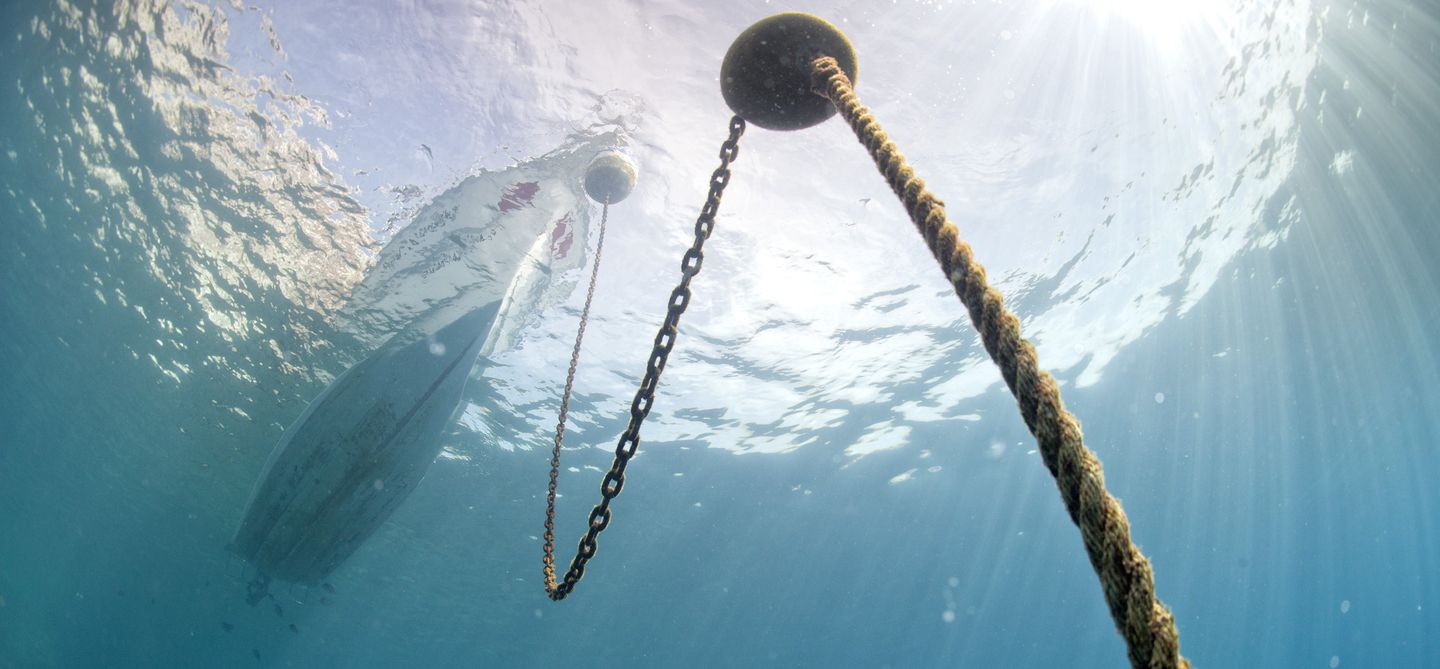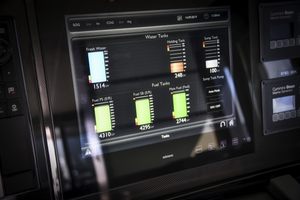Choosing the right items at the time of purchase will save upheaval and costly modifications further down the line, so read on to find out more.
A new yacht will come with many pre-installed items, but depending on the type, design, and intended use, you’ll want to consider the ancillaries you prioritize. Large trawler-style yachts, for example, tend to have higher superstructures which make them more prone to rolling when at anchor, so a stabilization system is more important than it would be on a sportscruiser for example.
While the yacht manufacturer may supply a certain specification, think about whether that specification meets your cruising requirements, or whether upgrading to a higher specification unit (or even a lower specification option) would be a better option for you.
In this article:
Essential Equipment
Domestic or House Batteries
These are the batteries for the ‘house’ battery bank, rather than the engine batteries. Their sole purpose is to start the engines, nothing more. The house bank of batteries is made from two or more 12V batteries connected to create either a 12V, 24V, or 48V electrical system. The capacity of every battery used in the bank has to be the same.
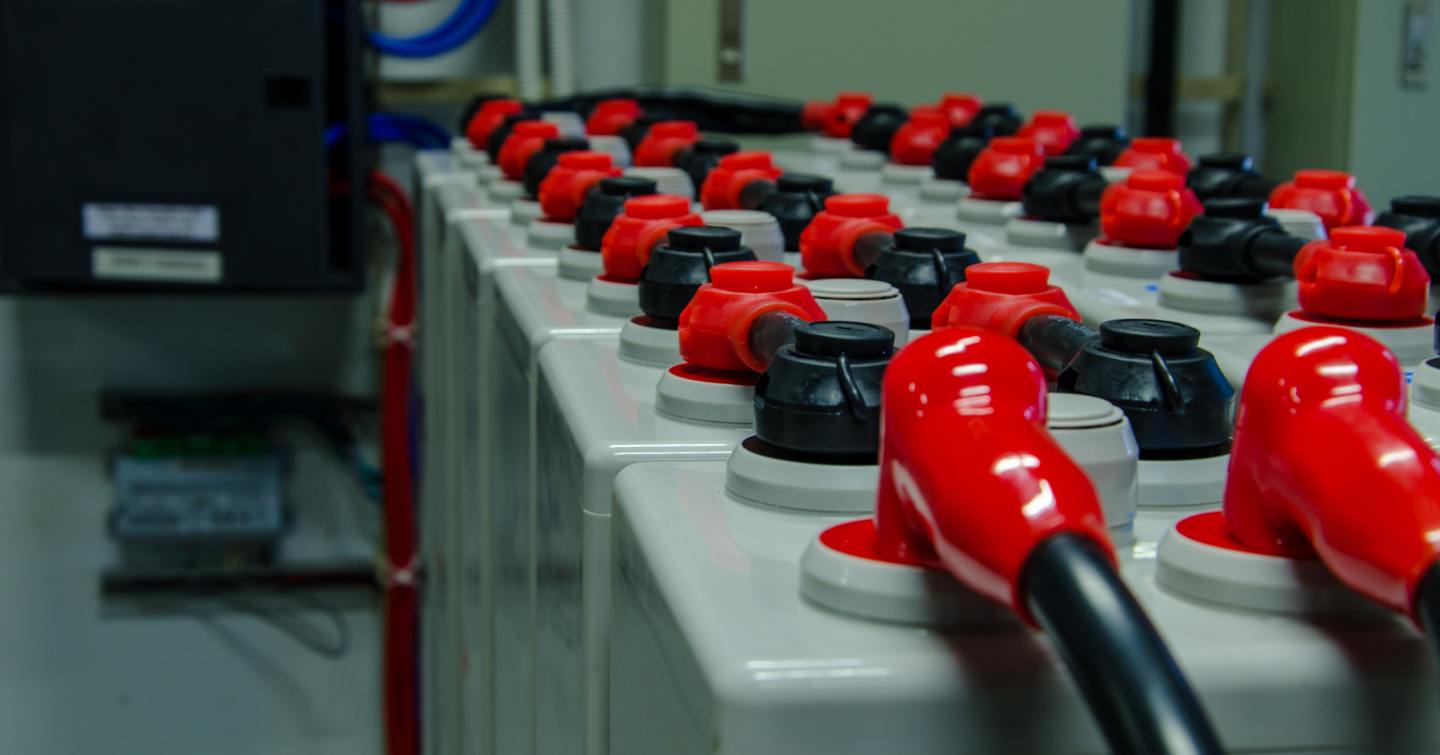
The higher the capacity of your house bank, the less often you’ll need to run the engines, generator, or connect to shore power to charge them. This means you can enjoy longer periods of quiet time onboard. Some yacht manufacturers provide the bare minimum when it comes to batteries while others are more generous. Some may just specify the number of batteries (rather than their capacity), so make sure you know exactly what batteries and capacity you’re getting before purchasing.
With battery capacity measured in amp-hours, it is worth mentioning that lead-acid (including AGM and gel) batteries shouldn’t be discharged below 50%, meaning the usable capacity is only really half of the stated amp-hours. Lithium-ion batteries, on the other hand, can be fully discharged without detrimental effects on the cells, but are far more expensive than their counterparts.
Recommended Equipment
Generator
A generator can be used to charge the yacht’s battery banks and to run household 110V/240V appliances onboard. Although initially expensive, a generator gives you the freedom to cruise and still have all the comforts of home or use items that usually require shore power, be it a kettle, toaster, hairdryer, washing machine, air conditioning, dishwasher, or freezer.
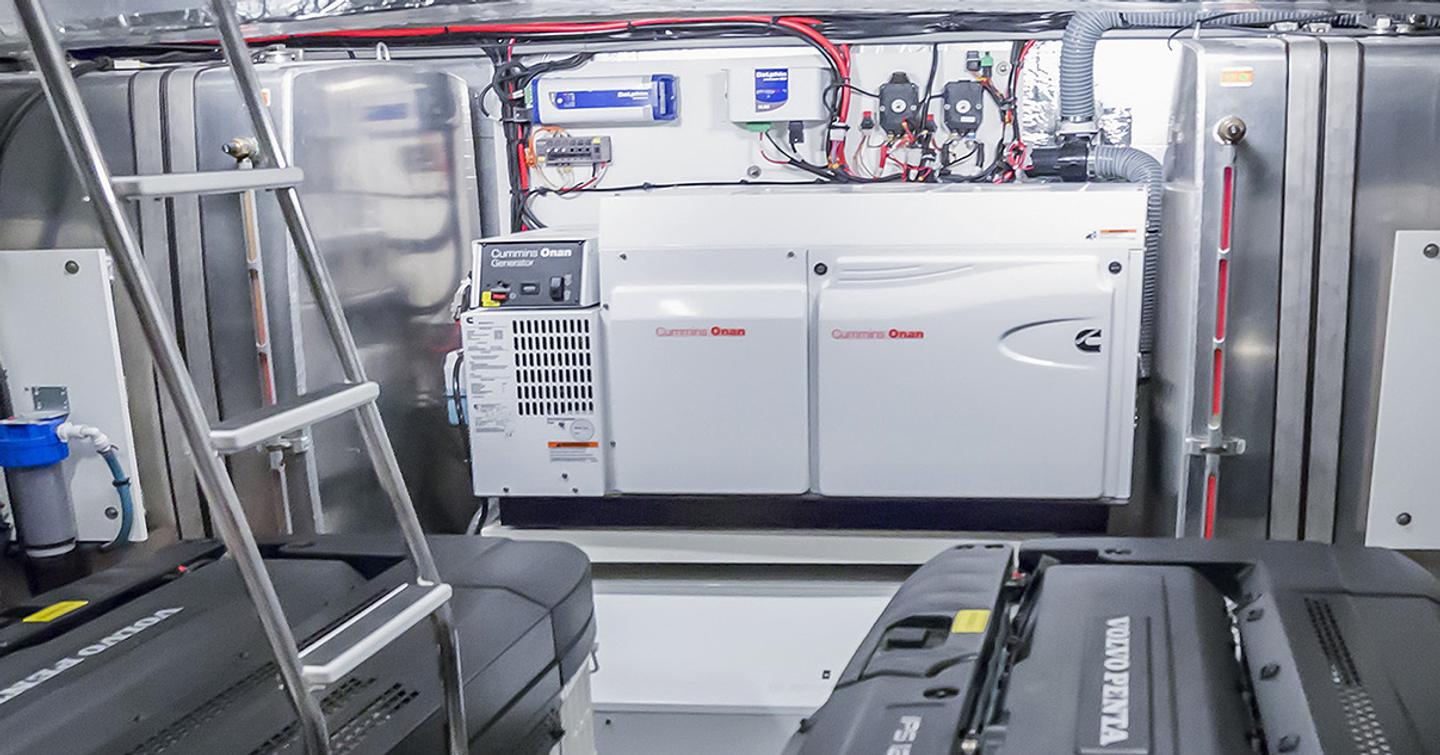
While it is possible to use the engines to charge when stationary, or to use an inverter (see below), they are inefficient and intrusive. The gentle hum of a generator, barely noticeable inside the yacht, means it can even be left on while those onboard are sleeping. That said, the noise and fumes from a generator’s exhaust can still disturb people onboard another yacht that’s tied up alongside yours.
A generator’s output is measured in kW (kilowatts) and the size you choose will be dictated by the appliances and equipment it will be required to provide power for. If you want to run air conditioning overnight while on a mooring (rather than just in a marina) you’ll likely need a generator, although there are air conditioning units that can be run through the night consuming as little as 0.7-1.2 amp/hour.
Inverter
Inverters take your yacht's 12V, 24V, or 48V DC battery power and convert it to the AC voltage you’ll have at home. Now, before you install an inverter to boil a kettle, make your morning toast, or dry your hair, be aware that you’ll need an inverter that can cope with the power draw from everything you want to run, or else you’ll need to stagger appliances use.
Kettles can use up to 3,000W, hairdryers 2,000W, and toasters 1,000W, resulting in you needing a 6.5kW inverter. Alternatively, you could be a bit more frugal and stagger your morning routine, meaning a 3.5kW inverter could be used.
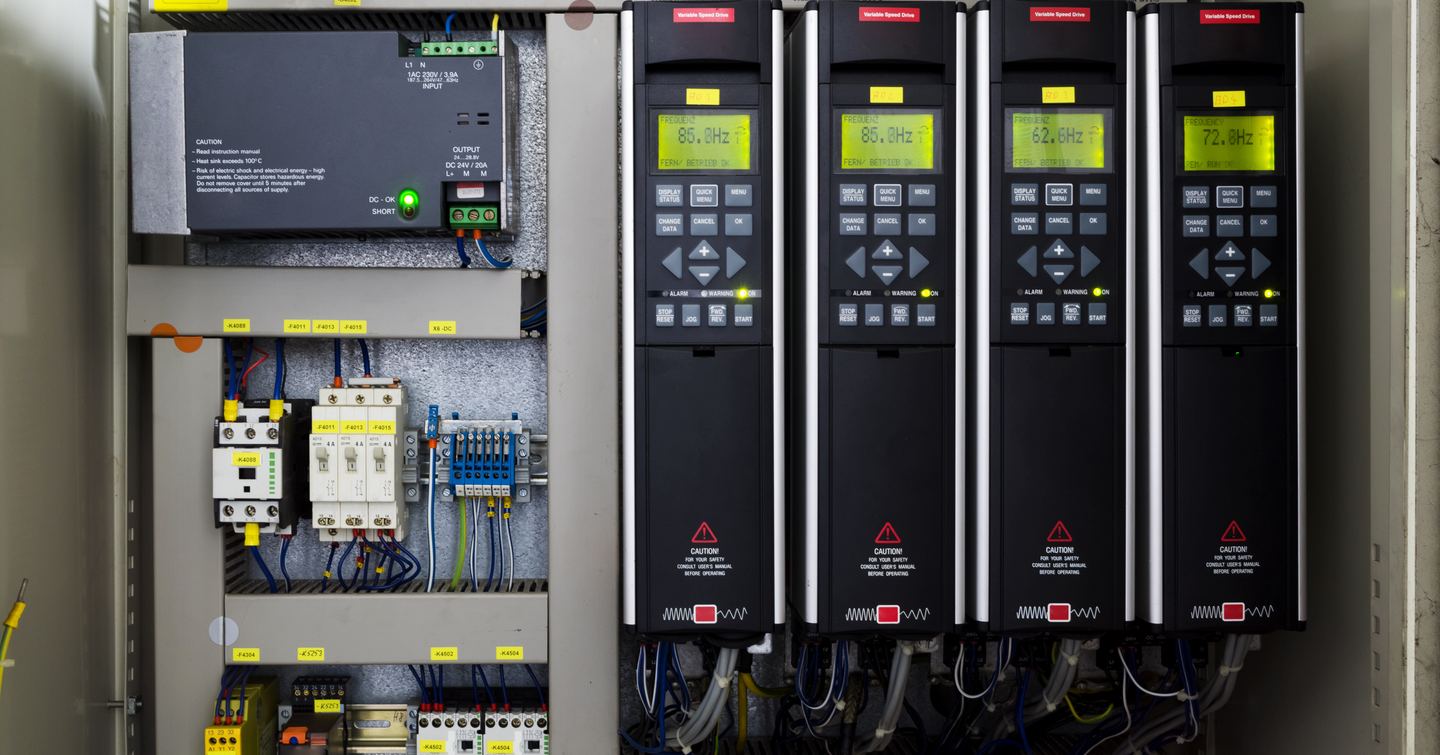
Inverters can be portable like those used in cars, but the better solution is a fitted inverter. Many also double as battery chargers, so as soon as your vessel is attached to shore power the batteries are charged and the inverter becomes redundant. Away from shore power, however, the inverter takes the strain from the yacht’s 110V/220V electrical system.
If you’re planning on using an inverter without a generator, ensure you increase or calculate the size of the yacht’s battery bank to accommodate the extra power required.
If you want to run electrical items that are sensitive, like computers and hi-fi equipment, for example, look for a pure sine inverter. Pure sine wave inverters are also by far the most energy-efficient. Inverters are ideal for short times of high loads, such as when using coffee machines, hairdryers, toasters, microwaves, kettles, and so on. But if you’re looking to power a washing machine or an oven, then a generator is better for extended periods of high power draw.
Bow Thruster
The higher a boat is out of the water and the slower it travels, the more the wind will affect it. To avoid large repair bills or seriously concerned marina neighbors, mooring (or parking) should be carried out at a slow speed. Doing this, however, means the front of the boat is affected by the wind more than the back because there is less boat in the water at the front.
To solve this problem, a bow thruster can be fitted under the water in the front of a yacht, usually in a tunnel that looks like a hole from the outside. In the tunnel is a propeller. When the propeller spins it pulls water into the tunnel and pushes it out the other side and the effect is to move the bow of the yacht to one side or the other.
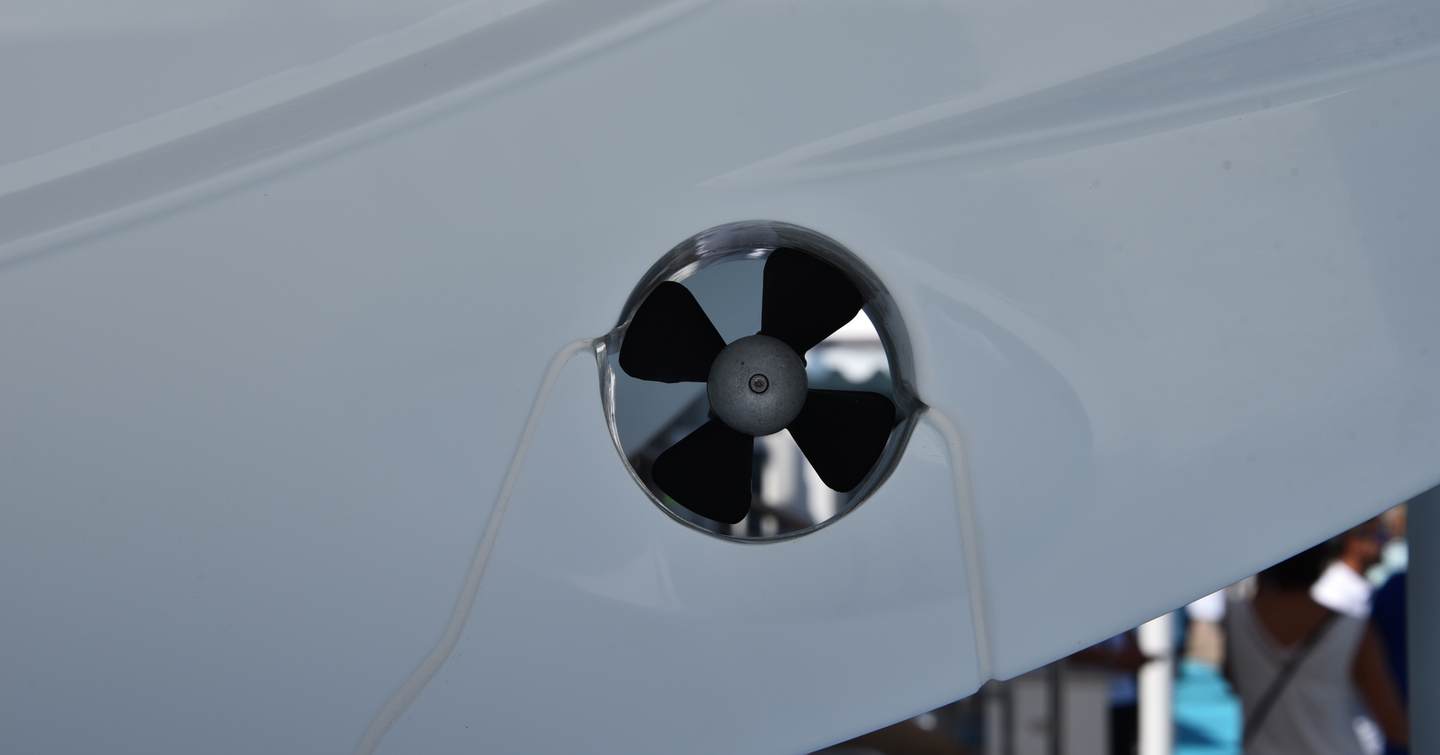
Bow thrusters can be used to hold the front of the yacht against the dock or push it away from it, they also make it much easier to maneuver a large yacht around a tight marina, and to correctly line the yacht up to enter its slip.
A bow thruster is useful on boats of all sizes but for yachts longer than about 15m, it can be considered essential if you want to keep your berthing as stress-free as possible.
Optional Equipment
Passerelle
A passerelle is a gangway to help you easily and elegantly board the boat from the dock. In its crudest form, it could be a plank of wood — functional but perilous and far from pretty. At the other end of the spectrum, they can be built into the yacht, forming part of the exterior styling, and stowed almost invisibly within the hull or bathing platform.
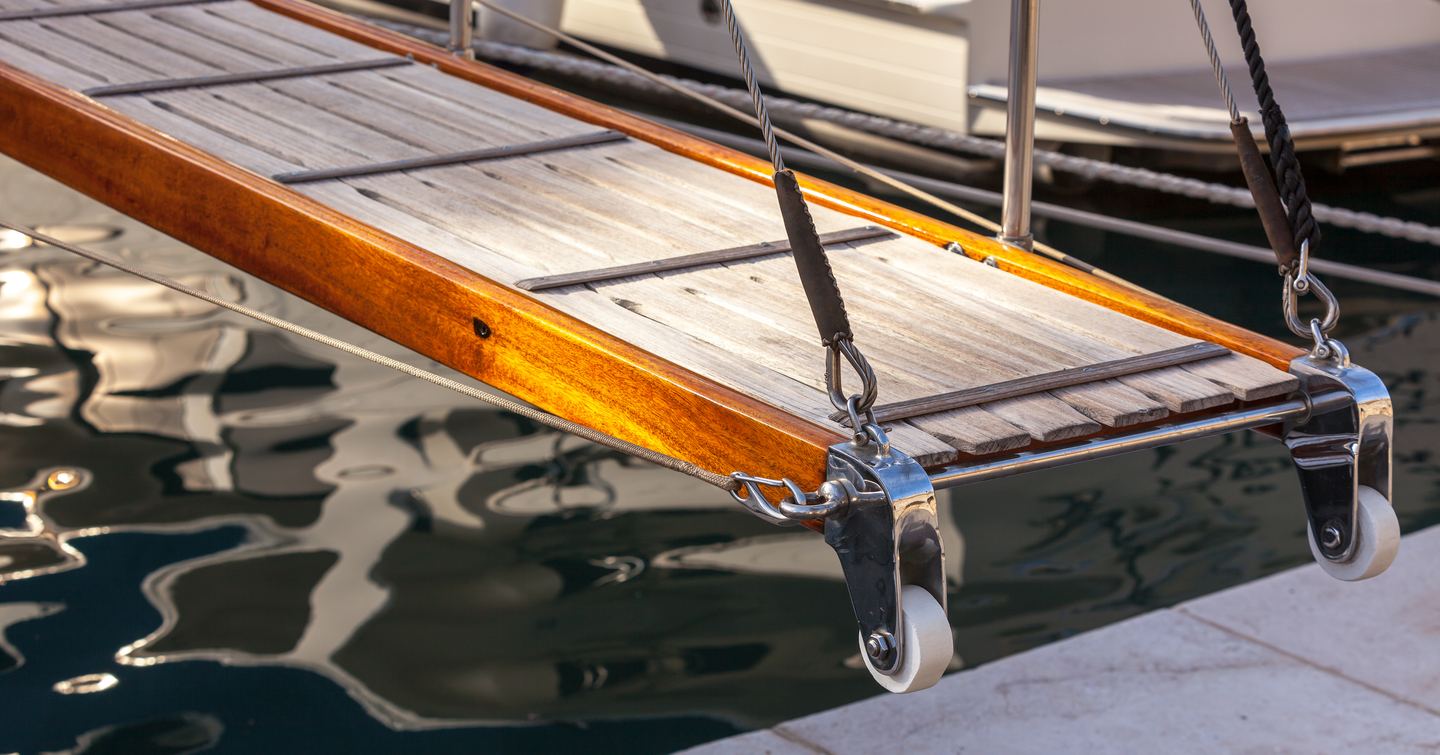
For most owners, though, a passerelle will either be stowable or fixed. If you find yourself occasionally mooring stern to dock or quay (back of yacht towards land), you might want to opt for the cheaper alternative of a folding gangway. Look for gangways with a handrail, and while it won’t prevent or rescue a sideways fall, it gives enough security for those not used to walking over drops of 6-10ft.
On larger yachts, a fixed, custom-made passerelle design can be raised from the bathing platform or incorporated into the yacht’s side rails or deck construction. Most fixed passerelles come with a wireless remote so they can be raised or retracted to stop unwanted visitors (rodents and others) from boarding when the yacht is left unattended.
Stern Thruster
Like a thruster for the bow of the boat (see above), a stern thruster is mounted under the water at the back of the boat to pull/push the rear of the boat in one direction or another.
Used on its own, or in conjunction with a bow thruster, a stern thruster can increase a yacht’s maneuverability in confined spaces. Maneuvers that are not possible (even with a twin-engined boat) can be performed with ease; like moving sideways or rotating on the spot in a little more than the yacht’s length.
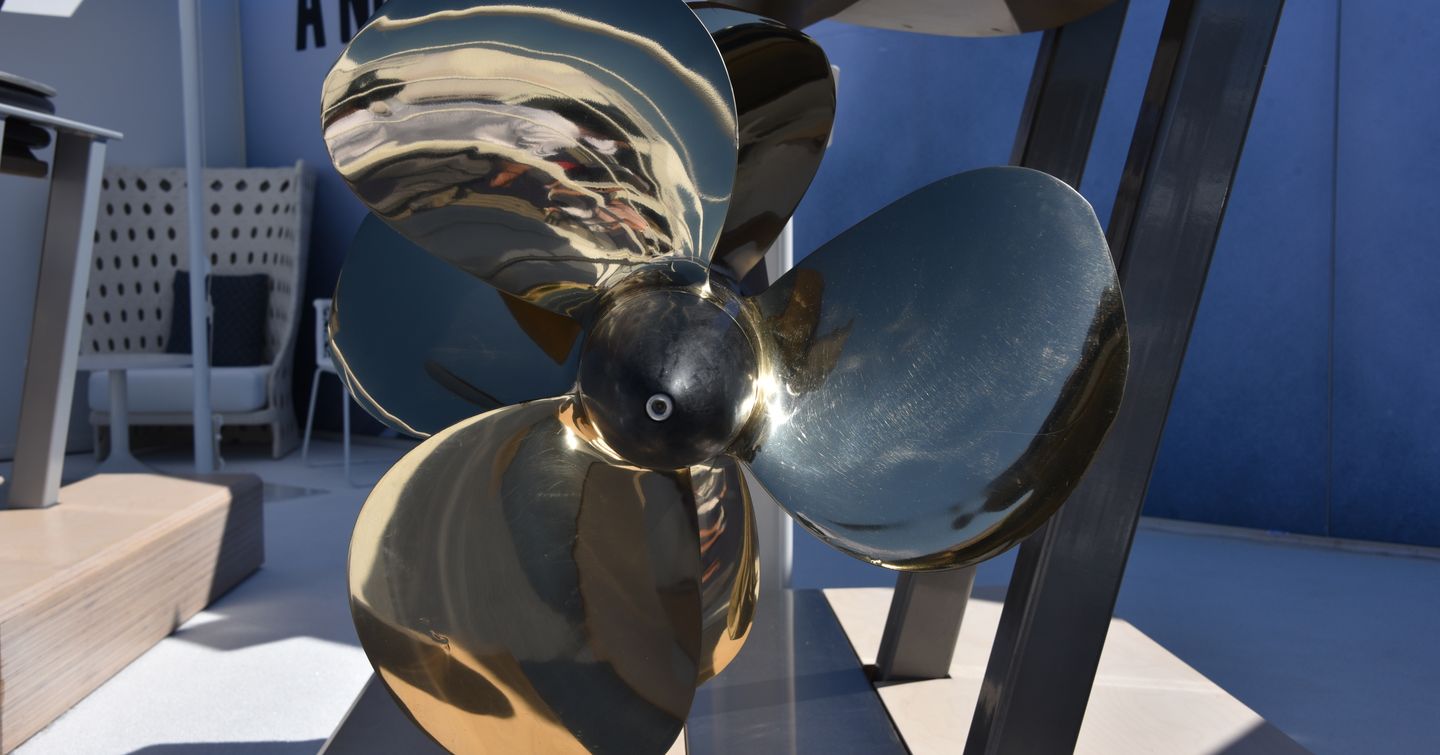
Stern thrusters can also be a handy addition to single-engined boats with keels to enable the stern of the boat to be moved sideways. For those boating alone, some systems allow the addition of a wireless control so you can move around the yacht while removing the mooring lines without the vessel drifting away from the dock.
Stabilizers
Stabilizers work to reduce the roll of a yacht, which can quite frankly, be nausea-inducing. Roll is caused by the sea state, hull design, and the yacht’s weight distribution.
Stabilizers can take many forms. For slow, long-distance cruising on a trawler-style yacht, you could opt for paravanes, weighted metal wing-like stabilizers that are held out wide of the boat by long booms. Most owners, however, opt for the more modern stabilizing solution.
Modern stabilizers fall into two camps and consist of gyro-stabilizers that are fitted with the hull, and fin-type stabilizers that are fitted externally and use either their surface area or hydrodynamic forces to counteract roll.
If you’ve ever held a bicycle wheel out and spun it horizontally you’ll know about the torque of a gyroscopic flywheel. Increase the weight of the flywheel and spin it at 8,000-10,000rpm and you’ve magnified the gyroscopic torque enough to almost eliminate the rolling motion of a boa.t This is exactly how gyroscopic stabilizers work.

By sensing the waves and angling the flywheel (which is sealed in a vacuum) forward or backward, the gyroscopic torque counteracts the movement from the sea. To get the flywheel spinning and up to a speed where it will have an effect on the yacht takes between 30-40 minutes and also consumes a moderate amount of power. This isn’t an issue when the yacht is underway, as your engines will be providing charge, but a day spent at anchor could take a fair chunk from the battery’s state of charge unless you have a generator installed. These units also need between 8 and 15 liters per minute of cooling water.
With a starting price of approximately USD $18,000 (plus installation), gyro-stabilizers can be retrofitted to older boats with relatively little upheaval. While gyro-stabilizers don’t add any drag, they do, however, add weight, and fuel economy will be slightly affected.
Fin stabilizers and fin-type stabilizers have a fin or appendage underwater (usually angled between 45-90 degrees downwards) as close to the widest part of the boat as possible, for greater effect. Fin stabilizers use a short wing-shaped fin that rotates to push against the water when stationary or deflect it when underway like a large rudder.
The system works in three parts: the fins, actuator, and sensing units. The sensing unit detects the roll of the yacht and tells the actuators what to do. The actuators can be hydraulically or electrically powered and are attached to the hull and to the fins to control the angle and speed at which the fin rotates to dampen the roll.
Watermaker
If you’re long-distance cruising, good quality freshwater may be difficult to come by. It may also cost you money and there is no guarantee it’s clean or bacteria-free.
The solution is an onboard watermaker or desalinator. Watermakers use a high-pressure pump to push seawater through a membrane that only allows pure water molecules through it, so the salt, minerals, bacteria, and other waterborne nasties are on one side of the membrane and the pure water is on the other side. This process is called reverse osmosis and is used by nearly all watermakers today.
Watermakers can be powered by DC, AC, or both, so your choice will quite likely be informed by whether or not you have a generator onboard.
For those with smaller engine rooms, a modular watermaker system may be better as the separate parts of the system can be installed where most convenient, remembering of course that the filters will need changing regularly so should be very easily accessible. Larger boats with more space in the engine room would be better off with a frame installation where all of the modules are contained within a frame and the system is fitted as a single unit.
